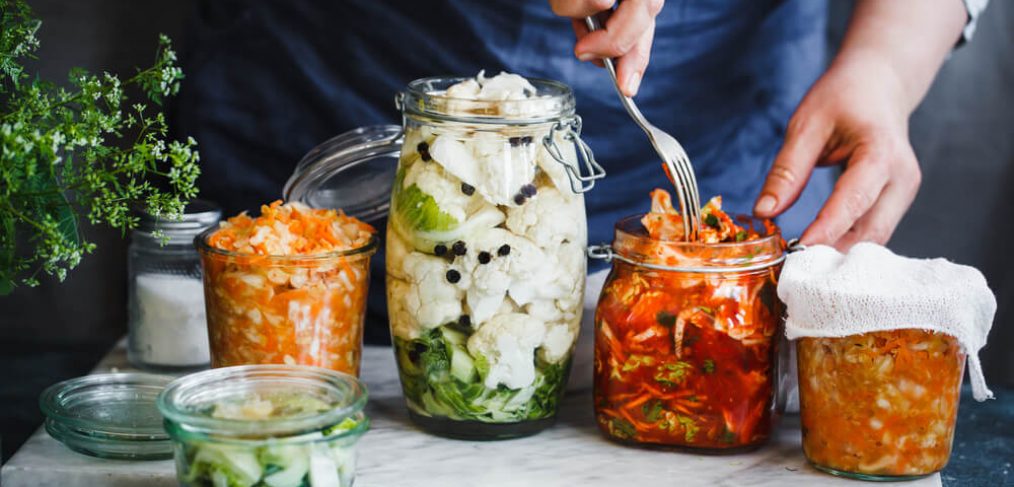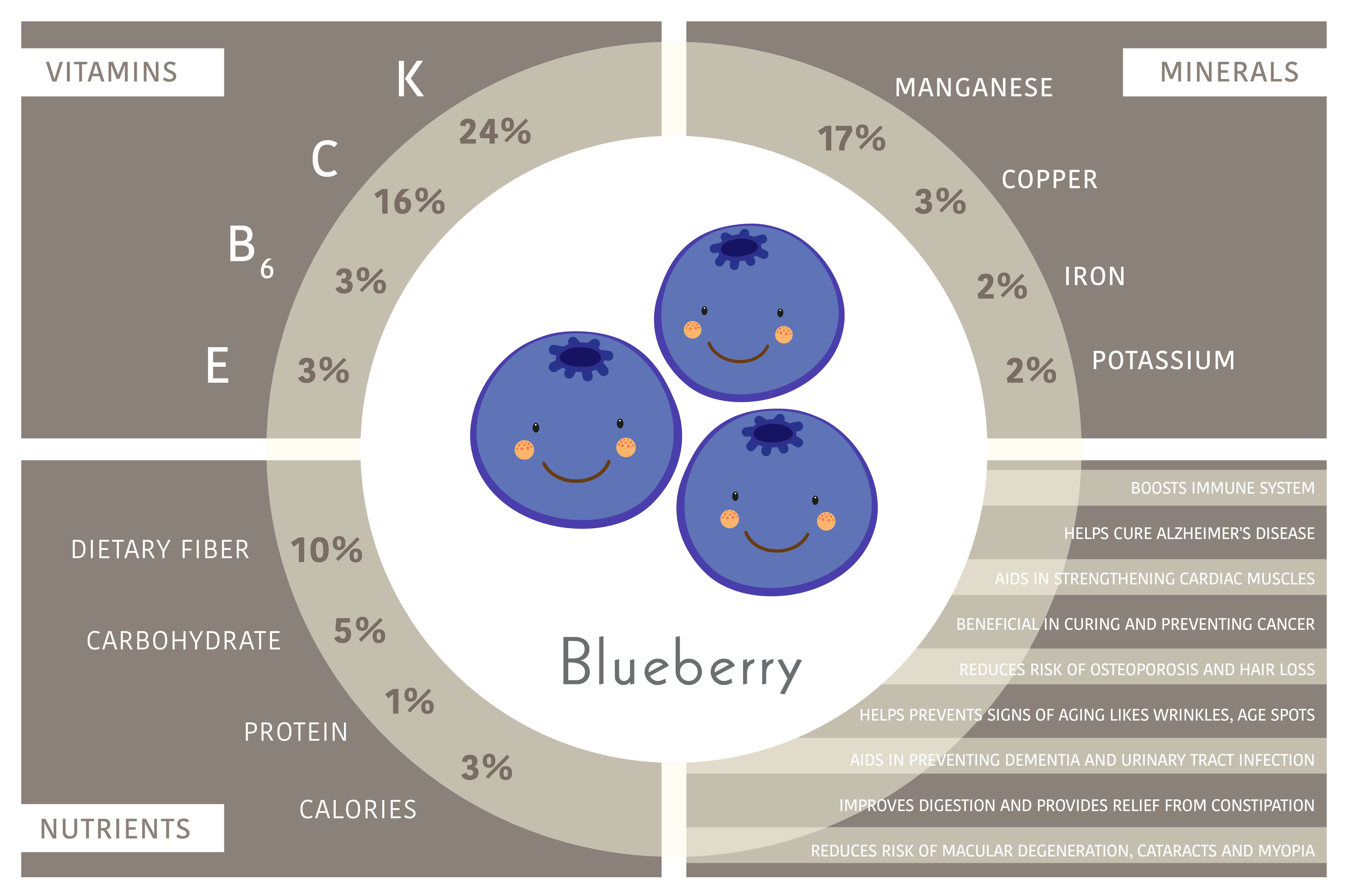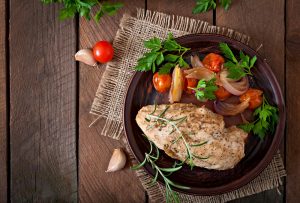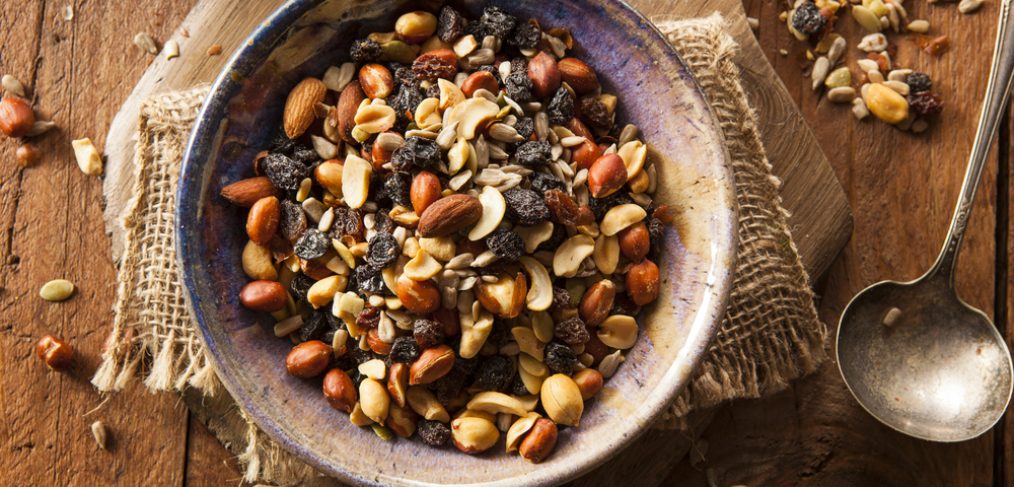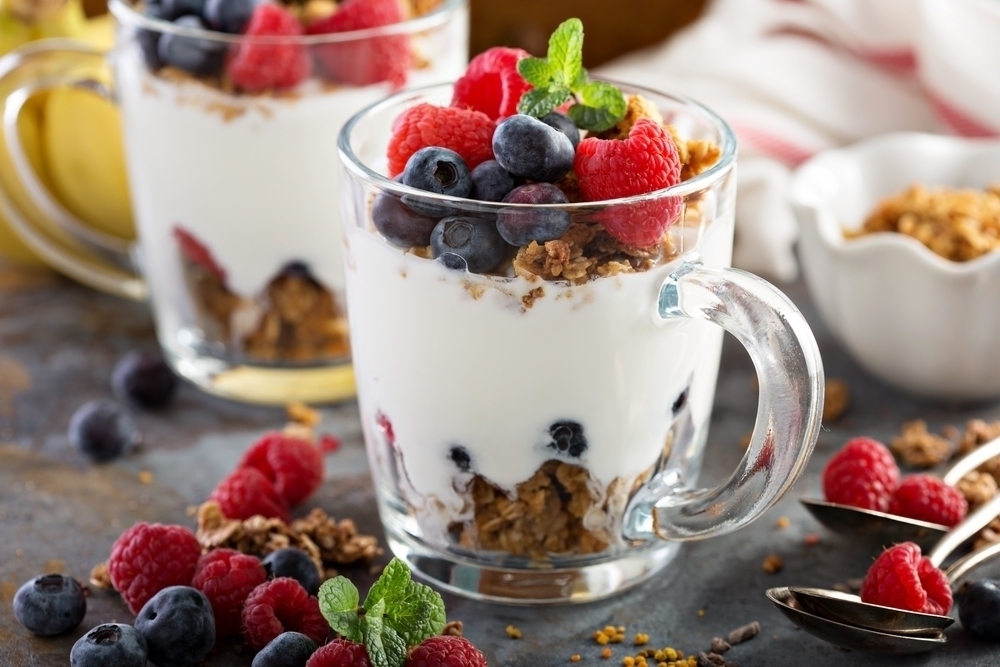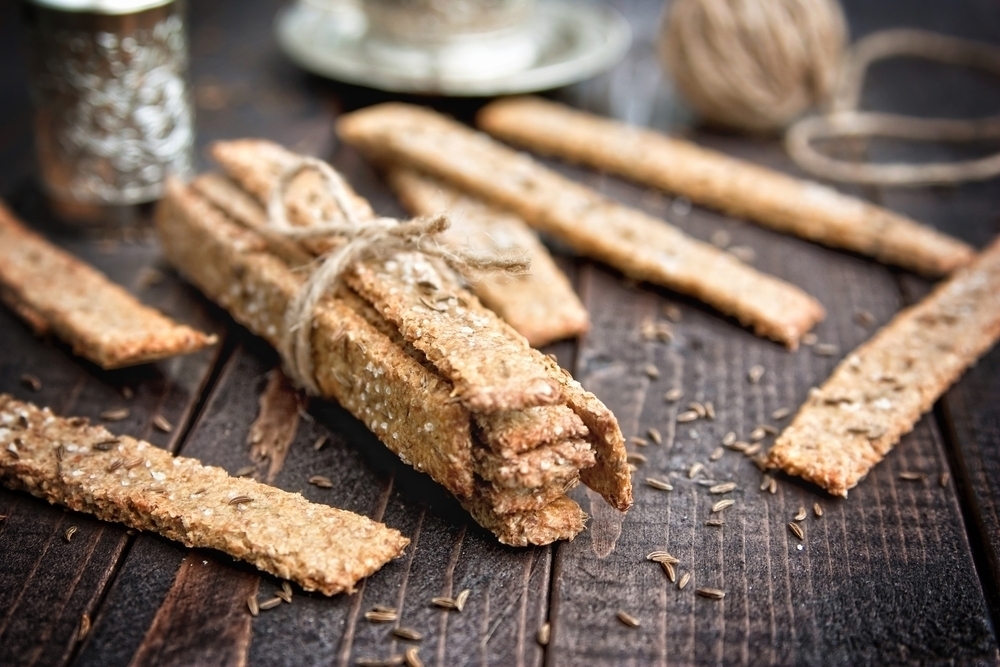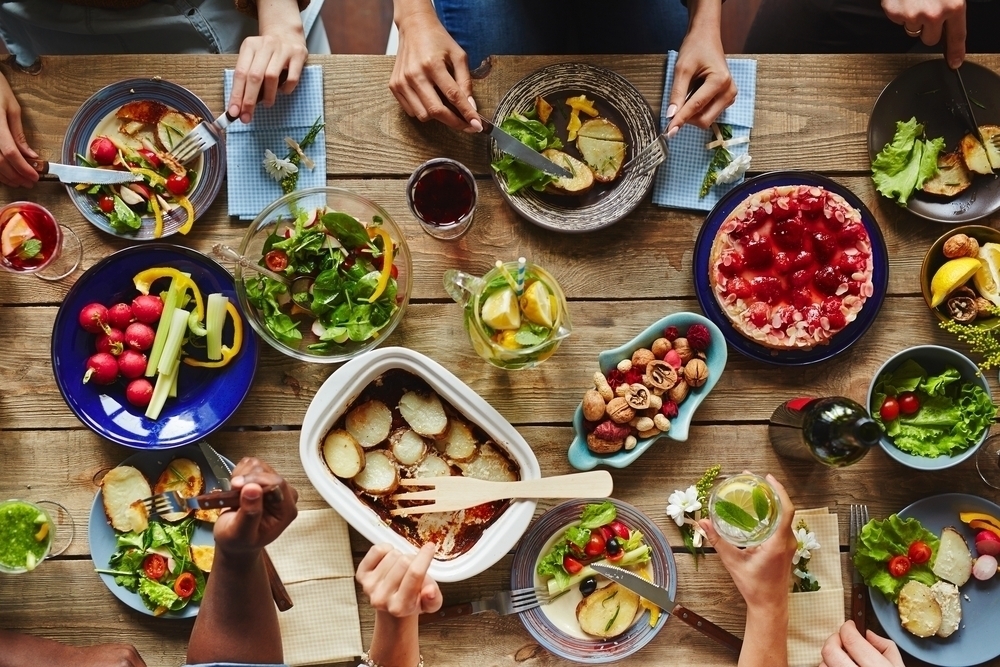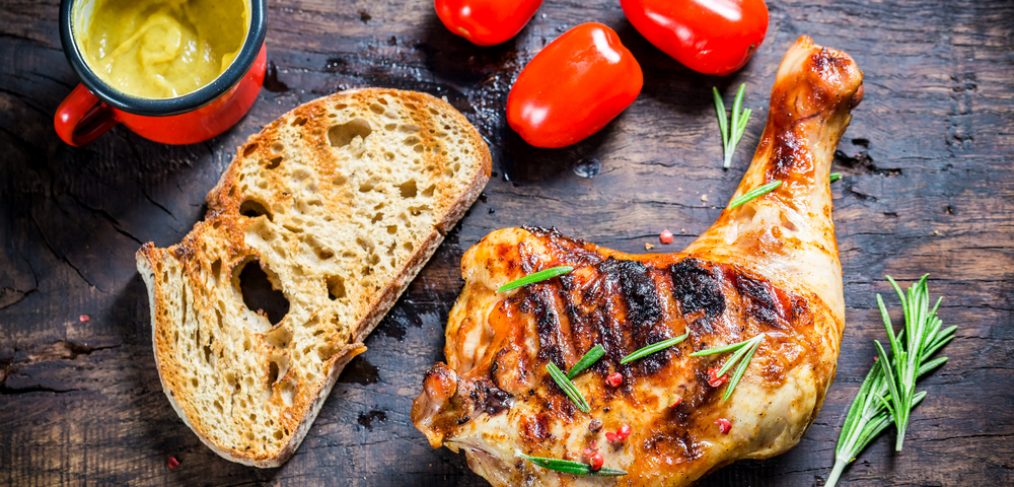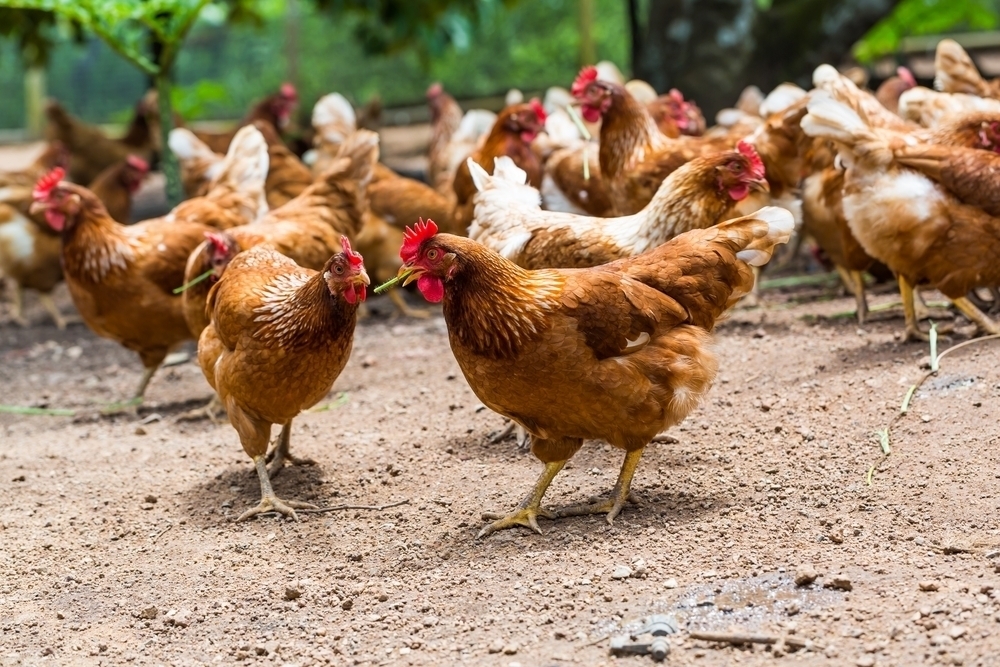Most people plan their meals around a main dish, not giving too much thought to the side dishes they add in.
But what if your side dishes could provide your body with an even bigger nutritional boost than your main dish?
Here are 10 side dishes to cook up that are amazing for your health, and are also a delicious accompaniment to a wide range of main dishes.
Kimchi
To put it simply, kimchi is basically the Korean version of sauerkraut.
What’s the difference between the two?
When it comes to making them, a few different things, ranging from the time that they take to ferment to the amount of salt used.
In terms of taste, kimchi is much punchier, but that’s usually because it contains a number of other ingredients in addition to the cabbage. Kimchi often boasts several different seasonings to give it more flavor, including garlic, ginger, fish sauce and spring onions.
Try mixing some kimchi through some rice – it will truly transform the rice into such an exciting side dish!
Sauerkraut
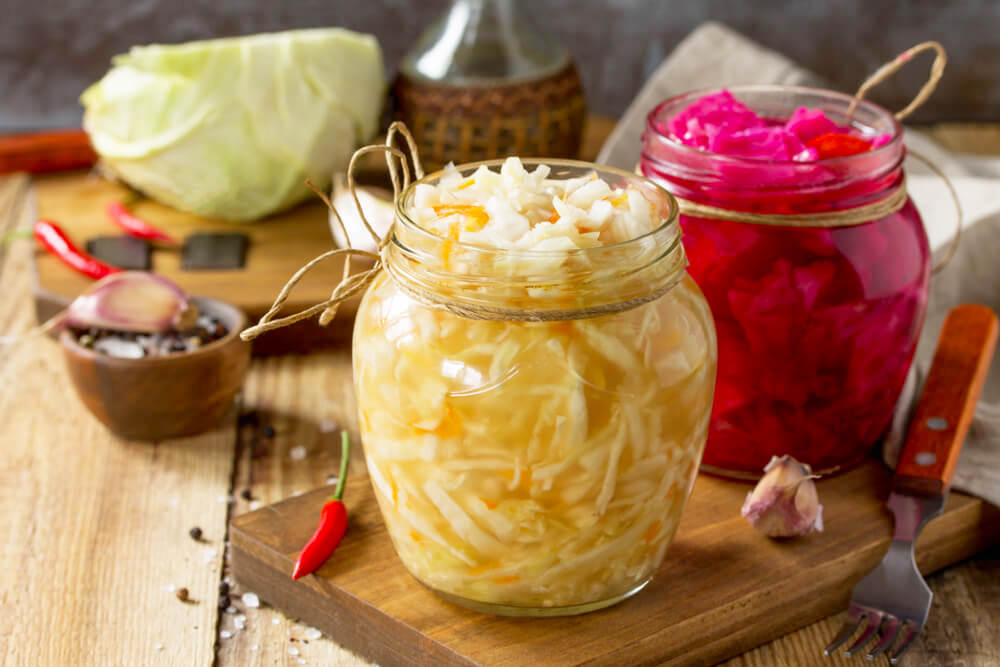
Often referred to as a superfood, sauerkraut is made from sliced cabbage, making it similar in a way to coleslaw.
However, the two are actually quite different…
While coleslaw is full of mayonnaise, sauerkraut is fermented, making it so much better for you.
Here are just a few of the benefits you will experience from eating more sauerkraut:
- Better antioxidant protection thanks to the vitamins and minerals in sauerkraut. The fact that these are fermented means that your body is able to absorb them much more easily
- Sauerkraut is full of probiotics, which improves the health of your gut, your brain and your immune system
- Full of fiber but low in calories, sauerkraut will keep you feeling fuller for longer
Before you run out and buy yourself a jar of sauerkraut, there’s something you should know…
Store-bought sauerkraut is usually pasteurized, meaning that it has been treated with heat. This destroys the beneficial probiotics in the sauerkraut, while also reducing the potency of its vitamins. Store-bought sauerkraut also usually contains preservatives and sugar, neither of which are good for you.
On the other hand, homemade versions are packed with probiotics and other potent nutrients. The homemade version also usually tastes better too.
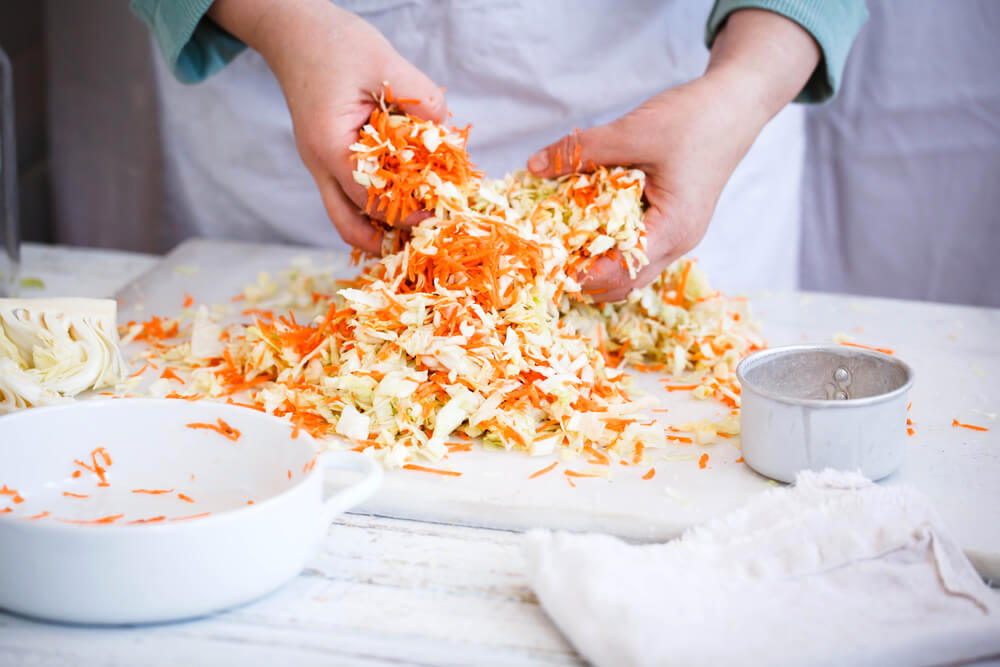

Wondering if it’s easy to make sauerkraut at home?
Yes, all you need is some cabbage and salt. There are various recipes online, some with the addition of other ingredients, so take a look at what’s out there to see what appeals to you the most.
Teff Bread
Never heard of teff bread before?
You’re probably also wondering how a bread made it onto this list of healthy side dishes…
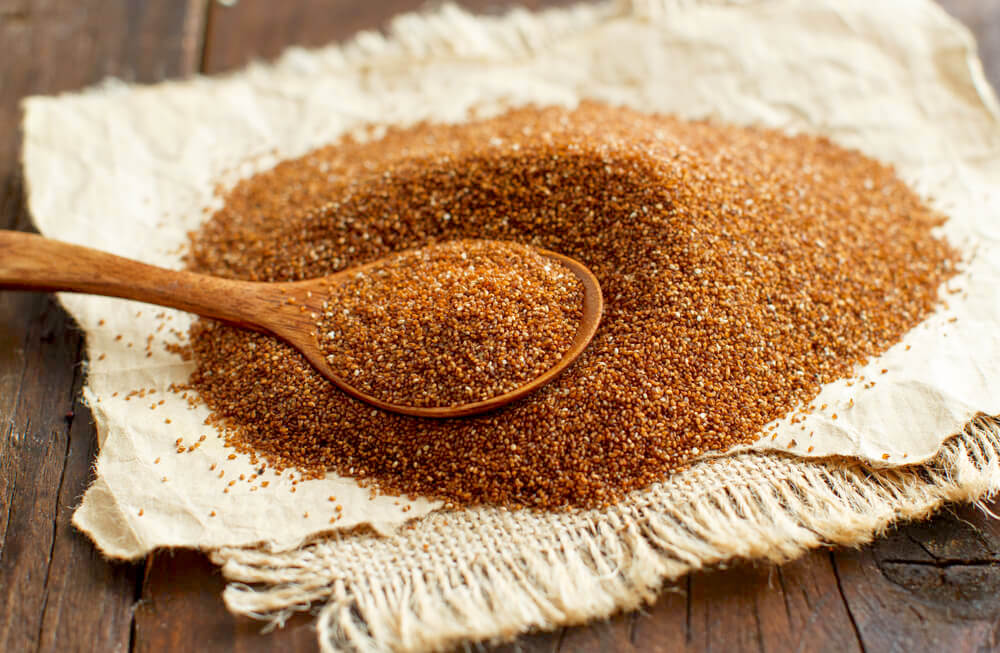
Well, teff bread is pretty different from standard bread.
Teff is a gluten-free grain that is packed with nutrition. It is native to Ethiopia, although it is now being grown in countries around the world, including a couple of states in the USA.

When it comes to nutrition, teff contains high amounts of:
- Protein
- Fiber
- Iron
- Calcium
- Manganese
- B Vitamins
All of these nutritional components mean that teff is able to help with everything from circulation to digestion to immune function. It even helps to re-balance hormonal levels, making it useful for treating the symptoms of PMS.
In order to make teff bread, the grain needs to first be fermented, which then gives it probiotic benefits too.
Not keen on bread making?
Teff can be used in other ways too. You can use it as a side dish in the same way that you would quinoa, although teff requires slightly more water when cooking.
Although teff grains are smaller than quinoa, they fluff up beautifully, making for a tasty and filling side dish.
Fresh or Fermented Salsa
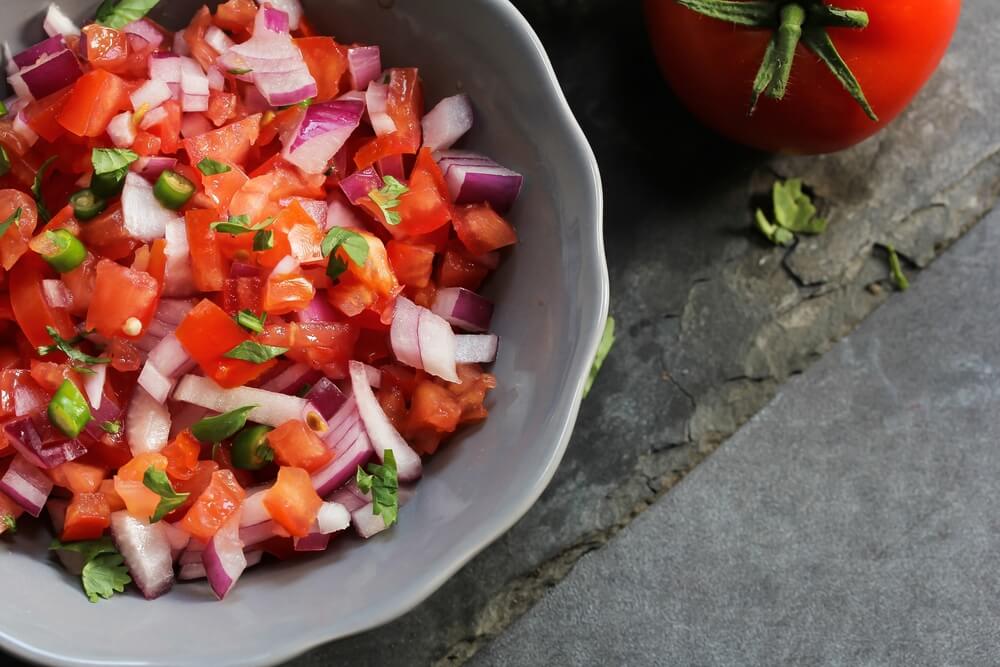
Looking for something healthy to eat with the teff bread mentioned above?
Salsa will do the job perfectly.
Salsa is usually served raw, meaning that your body is able to obtain maximum nutrition from each of the ingredients.
It is also such an easy side dish to make, and can store in the refrigerator for a few days, during which time the flavors will only intensify even further.
If you want to make your salsa even healthier…
Try fermenting it!
This will provide the salsa with probiotics and live enzymes, making it even better for your body.
Salad with an Apple Cider Vinegar Dressing

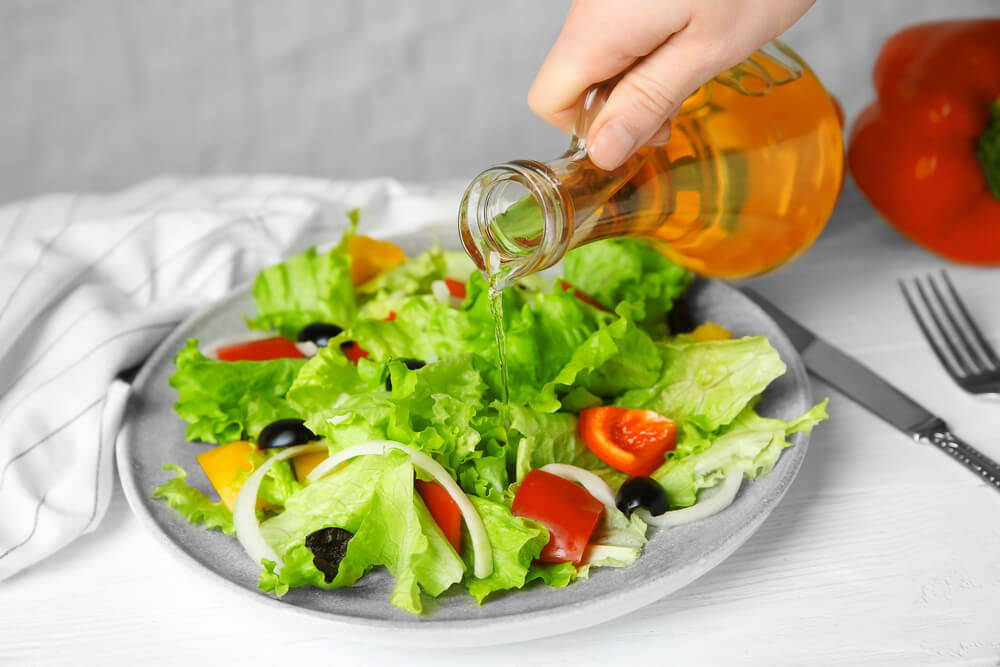
Apple cider vinegar is another fermented food, which is why it is known for having so many health benefits.
How exactly is apple cider vinegar good for you?
In a number of ways, including:
- It keeps the body’s pH level balanced, enabling the body to function in the best way possible
- It lowers blood sugar levels
- It increases good cholesterol in the body
- It detoxifies the liver
- It keeps the appetite under control, reducing cravings
- It protects the bones by improving calcium absorption
- It contains antioxidants that help to slow down the aging process
- It contains anti-cancer properties, and can even shrink tumors
After reading all of that, why wouldn’t you want to be eating more apple cider vinegar?!
The one thing that people struggle with is knowing how to actually make use of this star ingredient…
The easiest way is by turning the apple cider vinegar into a salad dressing. There are several recipes for this out there, each one containing various other healthy ingredients, from garlic to mustard to olive oil. No matter which you choose, the apple cider vinegar will add a beautiful tanginess and brightness to your salad, turning it into an incredible side dish.
Herring Platter
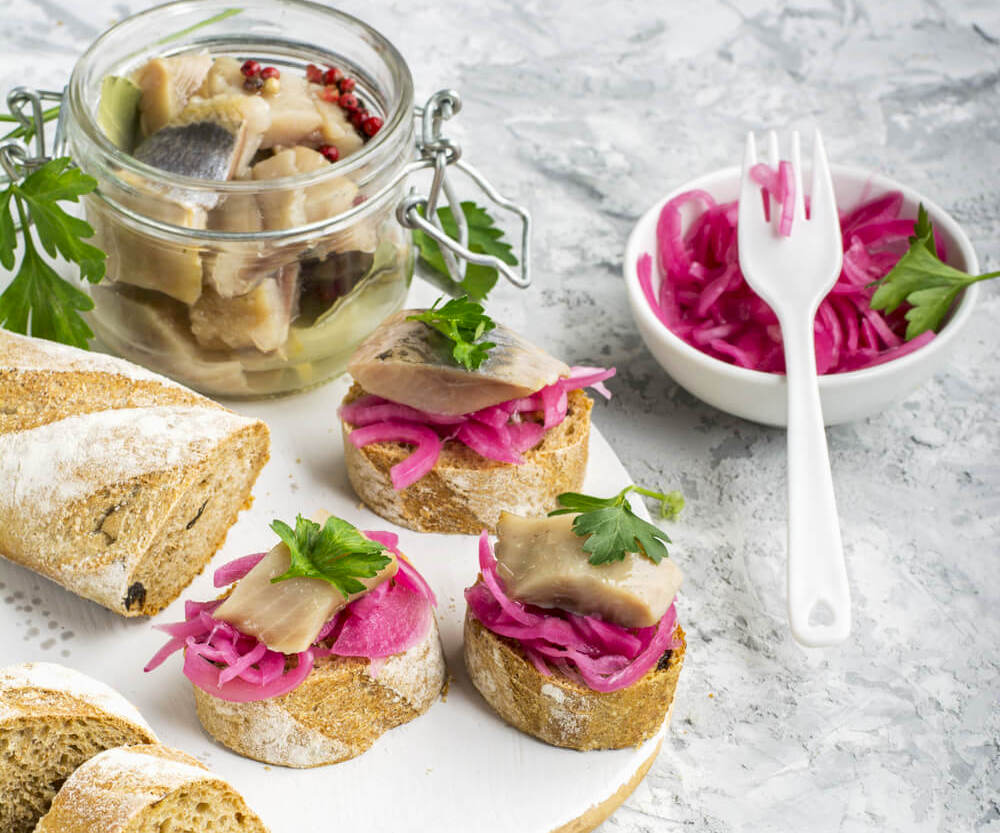

This is a popular dish in Sweden, which also happens to be one of the healthiest countries in the world.
What does a herring platter actually consist of?
Well, as you can tell from its name, herring is the star of the dish. Being an oily fish, herring is packed with omega-3 and omega-6 fatty acids, with both of these being essential fatty acids that your body cannot produce on its own.
A herring platter usually consists of herring in a few different forms, such as raw, pickled and smoked. This already gives you a variety in terms of flavor and texture.
What else should the platter include?
Here are a few other foods to add in:
- Wholegrain crackers – a healthy source of fiber
- Raw vegetables – full of fiber, vitamins, minerals and antioxidants
- Pickled vegetables – these need to be fermented pickles in order to contain probiotic benefits
- A sauce – the sauce is often made from mayonnaise and fresh herbs. For added benefits, swap the mayonnaise for a creamy sauce made from kefir or yogurt instead. Don’t hold back on the herbs, as these are a fantastic source of antioxidants
Stuffed Poblano Peppers

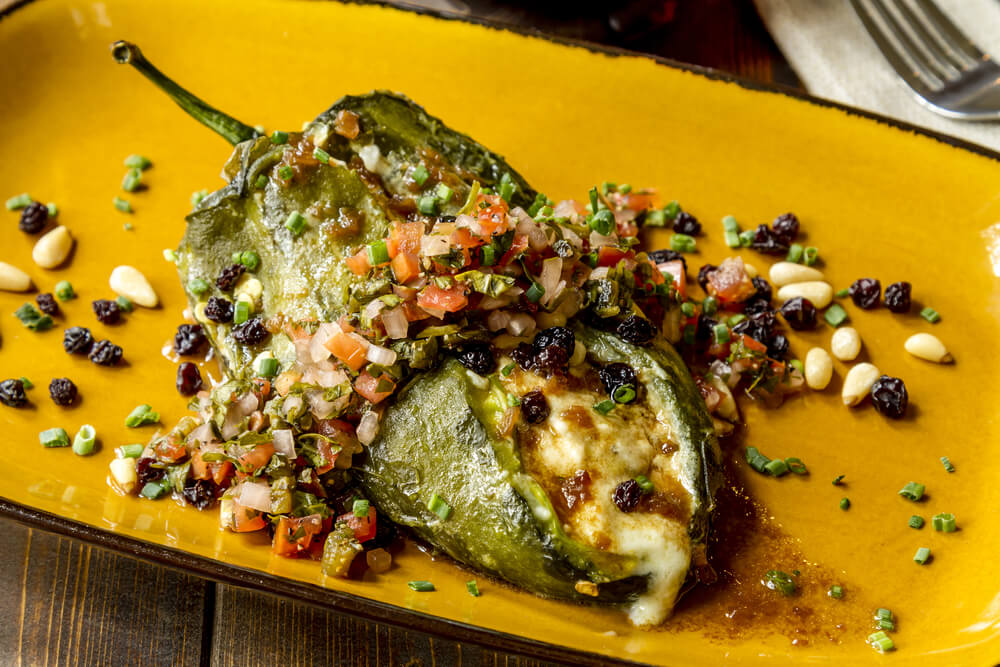
Have you ever tried poblano peppers before?
They are basically the green version of red Ancho peppers. While some of them can be quite hot and spicy, they are generally quite mild. In fact, a jalapeno is said to be about five times hotter than a poblano.
The fact that they aren’t too spicy means that you can eat more of them when compared to other types of hot peppers, which is something that would be hugely beneficial to your health.
Wondering how poblano peppers are good for you?
They have a number of different health benefits, such as:
- They contain powerful anti-cancer properties, largely due to their capsaicin and riboflavin content
- They are packed with antioxidants, with just a single poblano pepper containing almost 100% of your recommended daily allowance for vitamin A
- They improve the strength and function of the immune system
- They provide a natural form of pain relief, thanks to their quercetin and capsaicin content
- They are a powerful anti-inflammatory ingredient
That’s probably enough to convince you to give them a try, but what do you actually stuff them with?
Well, since you’re trying to be healthy, stay away from fillings with bad fats, such as cream cheese and chorizo.
Instead, give barley a try.
Although barley is a grain, it contains over 80 different nutrients, as well as plenty of fiber.
You could also try stuffing poblano peppers with:
- Brown rice
- Pinto beans
- Quinoa
- Salsa
- Cooked vegetables
Try combining a few of those filling ideas for a delicious flavor explosion!
Miso Soup
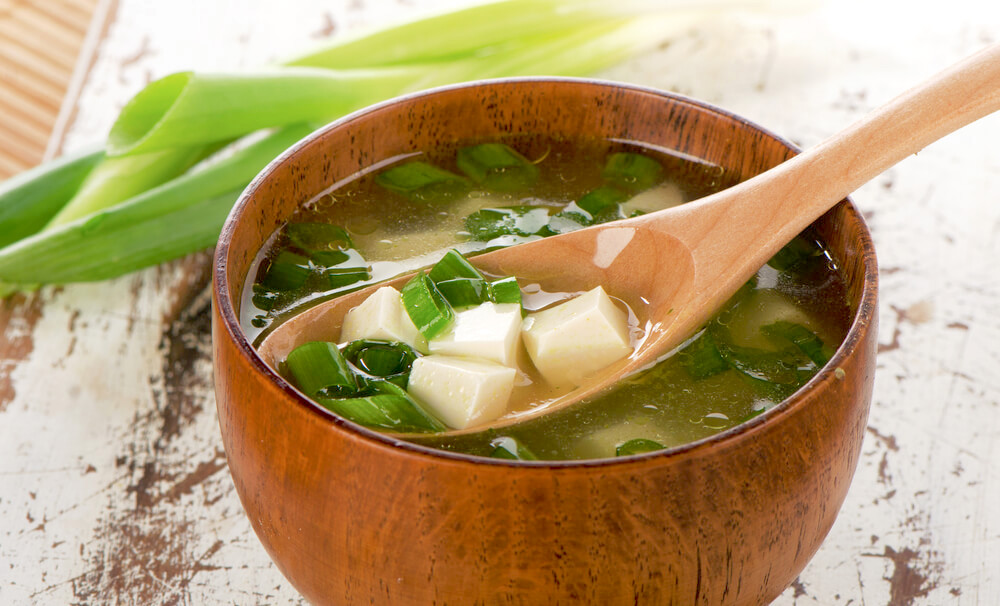

Looking for a healthy soup to serve alongside a meal?
It doesn’t get much healthier than miso soup!
Miso is a fermented food, and is a traditional ingredient in Japan.
What’s it actually made from?
It basically consists of fermented soybeans, along with fermented grains. As you can imagine, there are so many different types and varieties of miso out there, each one varying depending on region, culture and more.
Here are a few of the more common varieties:
- White Miso – quite a mild-flavored miso since it is only fermented for less than two months
- Red Miso – fermented for up to three years, red miso has a deeper flavor and should be used in heartier dishes
- Barley Miso – this is also quite mild and sweet, although it is fermented for longer than white miso
Foodies would say that miso provides an exquisite umami flavor to food, and can be added to everything from soups to salads to vegetables to marinades.
In terms of health benefits, miso is packed with vitamins and minerals, along with gut-friendly probiotics.
When making miso soup…
You can add in so many other healthy ingredients too. From chilli, garlic and ginger to onions, chard and tofu, miso soup is an easy dish to personalize and make your own.
Black Beans


You probably already know that beans are good for you. The fact that they contain high amounts of protein and fiber is no secret.
However, black beans, which are also known as turtle beans, have a few other nutritional components that make them even better than the rest…
The minerals within black beans, particularly calcium, iron, phosphorus and zinc, play an important role in maintaining the health of your bones and joints.
Black beans are also able to decrease blood pressure, help manage diabetes, protect against cancer and heart disease, and aid with digestion.
If all of that wasn’t enough…
Black beans are packed with a wide range of phytonutrients, all of which provide antioxidant properties.
How do you actually cook black beans?
It takes a while to cook dried black beans – you need to begin soaking them the day before.
However, the canned versions are much quicker and easier to cook up.
Try cooking them Mexican-style with onions, garlic, cumin and cilantro. Alternatively, turn them into a chilli or a curry for a heartier side dish.
Roasted Beets
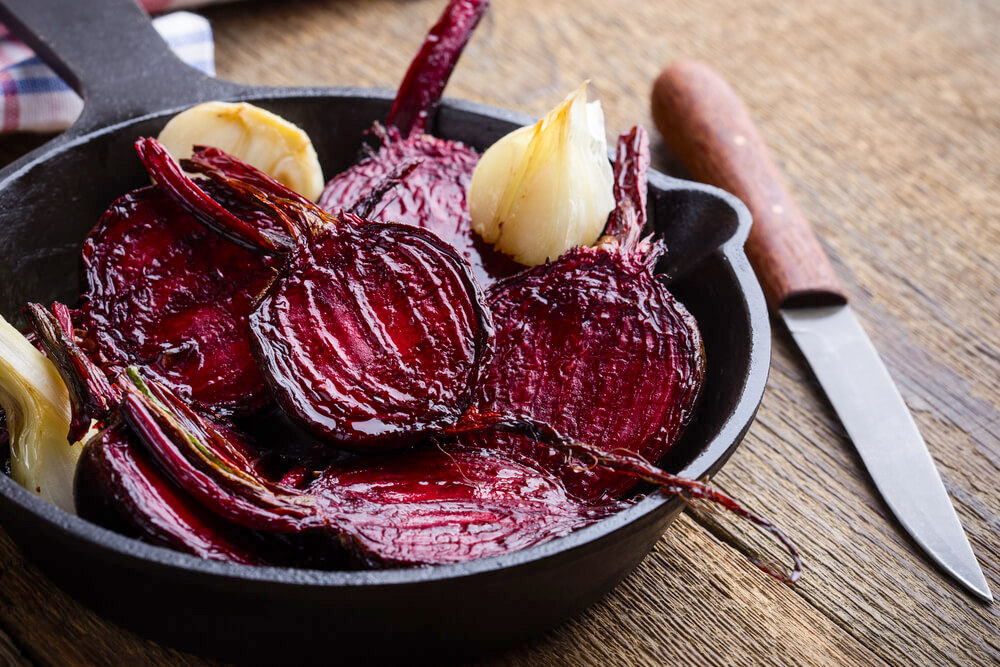

Roasted beets are simply exquisite. Roasting brings out such a sweet and intense flavor that even those who don’t usually like beets cannot say no to them.
If you have never tried roasted beets, now is the time to do so.
All you need to do is place some whole beets into a baking tray with some olive oil and seasonings. Garlic, onion, thyme, salt and pepper work especially well.
Then, roast them for an hour or so, until they are tender. Their skin will pretty much fall off at this point, making them easy to peel.
Then, either slice them or mash them, and then serve them up!
What makes beets so healthy?
They are full of nutrients but low in calories. They help with:
- Inflammation
- Cancer
- Detoxification
- Blood pressure
- Immune function
- Brain and bone health
Plus so much more!
It is always fun to experiment with new dishes in the kitchen, especially when you know that they are good for you. Whether you opt for a spoonful of sauerkraut, a bowl of miso soup or a beautiful herring platter, these side dishes will really help to give your health a huge boost.



